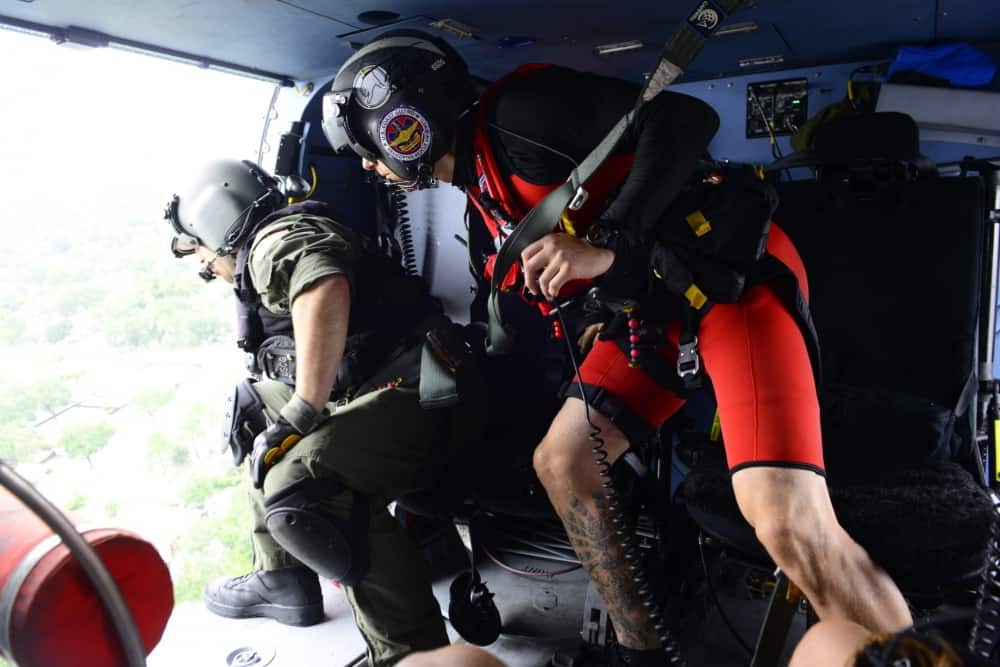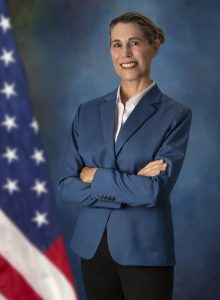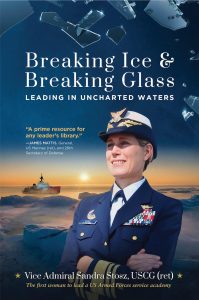Leading with Character: Adapt, Adjust, and be Agile
As leaders strive to keep up with relentless changes impacting their employees and businesses, they must be able to adapt to new circumstances, adjust accordingly, and be agile to meet emerging demands. To succeed, leaders must establish a continuum of adapting, adjusting, and acting with agility. This requires people to reach high and accept some risk to address crises and to stay ahead of new developments.
Seize Opportunities and Seek Innovative Solutions
Organizations that pursue excellence are led by people who motivate employees to stretch beyond their comfort zone to seek innovative solutions. Today, rapid advances in technology require organizations to empower leaders to adapt and move adroitly to take advantage of emergent opportunities. In 2017, twelve years after Hurricane Katrina devastated the Gulf Coast, the region was slammed again by Hurricane Harvey. The slow-moving storm dumped over fifty inches of rain on Texas, submerging much of Houston.
Technology had raced ahead during those twelve years, providing not only opportunities but associated challenges. First responders still relied on traditional communications networks to coordinate rescuing tens of thousands of people trapped by rising water. Their efforts were stymied when the national 911 emergency telephone system became overwhelmed.
Stranded people started posting their distress calls unofficially on social media. The Coast Guard began receiving hundreds of plaintive cries for help on its Facebook page and other social media sites. A family had been separated by the floodwaters; an elderly person was weakening; a baby needed formula; someone requiring dialysis had reached extremis. The postings were desperate and heart-wrenching.
Coast Guard watchstanders taking those calls experienced emotional distress because they were unable to channel incoming requests for help to the on-scene rescuers. Unfortunately, there existed no national emergency call system for the social media realm. The commandant of the Coast Guard Admiral Paul Zukunft was quickly notified of the crisis. Immediately addressing the problem, he boldly led by promising, “No call to the US Coast Guard will go unanswered.”
Admiral Zukunft called for innovative solutions, and the workforce responded by adjusting processes and procedures. At Coast Guard Headquarters, the command center set up an impromptu call center where watchstanders responded day and night to social media posts and tweets relaying distress. At the Coast Guard Academy, cadets eagerly joined the effort. They took the initiative to get involved and harnessed the power of geolocating. Employing the geospatial tool used by the government of Texas, the cadets helped the Coast Guard Command Center prioritize requests for help and push the information back to the local Incident Command Post in Texas.
Adapt, Adjust, and Be Agile
When the legacy national distress system failed, the Coast Guard seized the opportunity to harness the untapped power of new technology. Amidst the mass confusion, the Coast Guard responded with agility to meet surging demand. The commandant empowered people to innovate and make decisions at the lowest reasonable level, all the way down to cadets at the Coast Guard Academy. High-performing organizations create an innovation culture encouraging leaders to adapt, adjust and be agile in seeking new ways to manage complexity.
Look in the mirror. Are you stuck in your comfort zone, or are you adapting to meet the challenges of a changing world?
Please join me again next week for more on Leading with Character.




Coast Guard Academy classmate Ed Wiliczkiewicz (’80) was an innovation leader during the Gulf of Mexico Deepwater Horizon oil spill response. His 25+ years of Alaska North Slope expertise was instrumntal to the success of the Incident Command’s High Interest Technology Test (HITT) team. This task force, comprised of 20+ regulatory, environmental, tchnician, and scientific experts from government and industry, field-tested more than 350+ alternativ technology proposals from a pool of over 45,000 crowd-sourced submissions received during the 11-week crisis phase of the response. Those that were proven viable were implemented and deployed. It was a remarkable example of adapting with agility. This benchmark process for future environmental catastrophes was recognized with Ed’s appearance in a front-page Wall Street Journal article that included his spotted image. A copy of that newspaper was delivered to the USCGA museum’s curator to remind us what can be done when we are innovative and agile leaders.
Those cadets participating with this emergency aid will take it with them and become the next generation of great leaders.